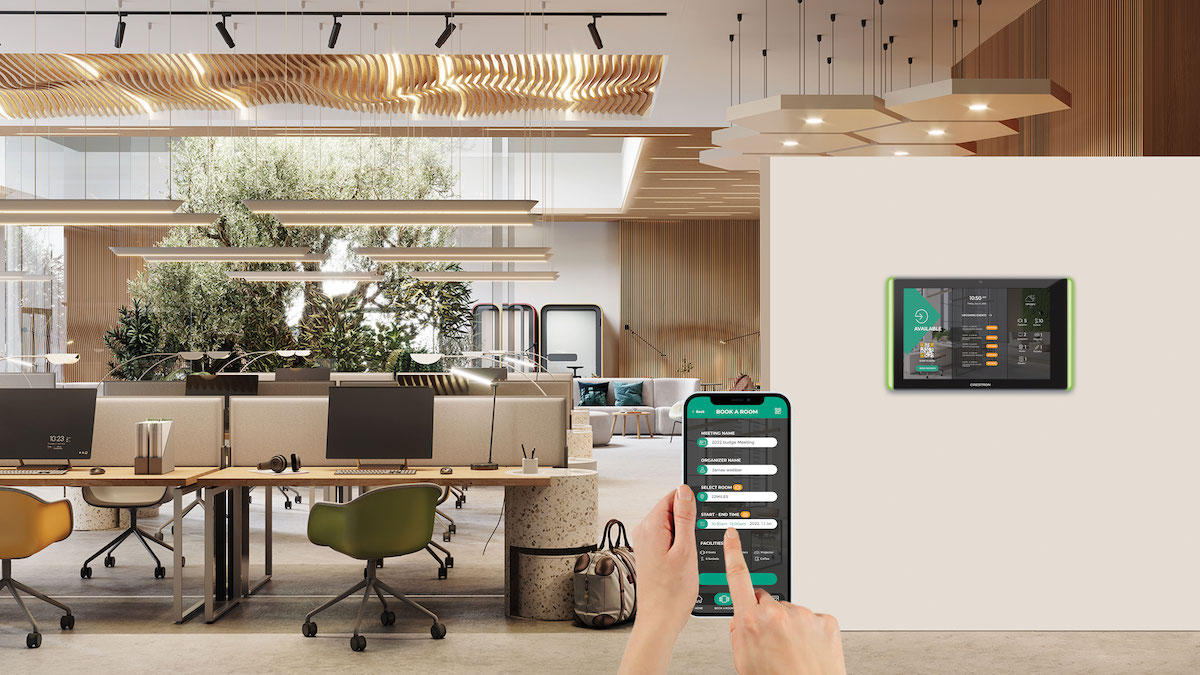
Over 90% Of Employees Are Frustrated With Fragmented Workplace Tech. Will You Flip The Narrative?
April 4, 2023 by Dave Haynes
Guest Post: Tomer Mann, 22Miles

Tomer Mann
The pandemic inspired a renaissance for the modern workplace, and team distribution looks much different than it did five years ago. Many employees globally have opted to work fully remotely, while others eagerly returned to the office as soon as it was safe to do so. However, much of the remote-capable workforce now splits time between the office and home.
While this transformation touts abundant benefits for employees, like improved work-life balance and reduced commute spending, it also challenges businesses to adapt and accommodate a distributed workforce. Even three years in, the transition is no small feat: A recent Freshworks survey reveals that 91% of employees are frustrated due to inadequate workplace technology.
To alleviate these frustrations and rise to employee expectations, enterprise leaders must focus on creating a better user journey for their technology ecosystem: streamlining experiences, increasing engagement, simplifying programming, and maximizing efficiency. Business managers must understand the most frequently cited pain points of modern collaboration technology, and explore which tools are being under-utilized.
Fragmented Communication Overpowers Productivity
Even in the digital age, it’s no secret that virtual communication presents more barriers than face-to-face. Scheduling time, navigating a lack of visual cues, and remaining connected consistently are all essential to building rapport between team members and managers alike. Unclear objectives and processes and a lack of effective collaboration on work all create tension and demotivate employees, in turn decreasing productivity, muffling morale, and harming the bottom line.
Staying connected is much-valued by hybrid employees: Accenture reports that being omni-connected determines 59% of one’s intention to stay with a company, but only one in six workers is actually given the technology needed to succeed and participate from anywhere. Business leaders must specify intelligent communication and management technologies that not only support productivity but also empower employees to stay engaged and connected from wherever they choose to work. The implementation of visually stimulating digital signage, wayfinding and mobile experiences can help reach onsite engagement goals and provoke excitement, but the integration and content management solution (CMS) behind the devices are what help these experiences extend beyond the on-site experience to reach hybrid and remote workers. They should be able to access the same information and resources as their onsite colleagues.
Managing Workspaces Presents Equal Access Challenges
For hybrid teams, space management might seem like a non-issue: fewer people in the office full-time implies more space to spread out and collaborate. However, a lack of organized space means a lack of efficiency, which will in turn impact business objectives at every level. And, the availability of proper technologies in all physical workspaces – hot desks, conference rooms and more – is essential to support unified communication between hybrid team members.
For the digital workplace, business owners must integrate their collaboration hardware and room signage directly with an organization’s existing business tools, including Zoom, WebEx and Teams. This approach supports both onsite and remote workers: It simplifies reservations, automates signage and event calendars, and centralizes space use data while ensuring that all employees receive meeting invitations and insights into their colleagues’ current availability and project status.
Decision makers and administrators also benefit: They can more efficiently monitor space usage, remote vs. in-person collaboration, occupancy and sanitation needs across their facility, as well as understand current and future needs to improve their spaces.
Working Together Remains Key – For Teams and Tech
If you’re among the leaders investing in tech this year, it’s essential to prioritize value, longevity and most importantly, interoperability. If your ecosystem is fragmented and workers are constantly forced to toggle between apps and experiences, Gartner reports up to 32 days of workplace productivity per year can be lost. Integrating your project management, collaboration, and documentation tools with the enterprise software stack is a non-negotiable for employee success – and it needs to provide reliable, equitable experiences to ensure team cohesion.
New or upgraded interactive signage, space booking technologies, and desktop and mobile tools should support the functionality of familiar, trusted workplace tools like Office 365 and G-Suite. Room signage that’s integrated with the enterprise video collaboration platform should make impromptu meetings natural and simple, even for remote workers. Robust APIs should automate experiences across the most-used business tools and allow managers to keep the entire visual communication ecosystem up to date with minimal effort.
The modern workplace tech ecosystem should do this, but the truth is, many systems don’t. With the right software, however, they can. With a unification-focused CMS, managers can achieve connectivity and engagement in tandem. They can push consistent, up-to-date information, meeting information and more to screens across their workforce – including digital signage installations, kiosks, room signage, mobile apps, desktops and more – to inform and engage employees anywhere. And, with a CMS designed with ease in mind, managers can focus on supporting their people instead of their solutions, with no added strain on training or content resources.
Final Thoughts
While the modern workplace is loaded with opportunities, it also requires careful evaluation of technology ecosystems to ensure both business success and employee satisfaction. With the implementation of technologies designed to promote flexibility, collaboration, and visual engagement, crucial factors like employee well-being and productivity are brought to the forefront of organizational operations. Choosing the right content management software enables businesses to deliver a workplace experience that is just as flexible and adaptable as the employees using them, ultimately eliminating the frustration of fragmentation and elevating the employee experience.
My company, 22Miles, has a white paper you can download that digs into this more deeply: The Modern Work Environment.
ABOUT THE WRITER
Tomer Mann is the Chief Revenue Officer of 22Miles, which provides comprehensive technology solutions for digital connectivity, visual communications, media management, and adaptive multi-point interactive experiences. Powered by an immersive, easy-to-use content management software, the process of creating, managing, and enhancing a facility’s designed content has never been as simple.



Leave a comment